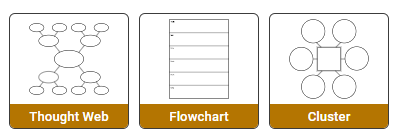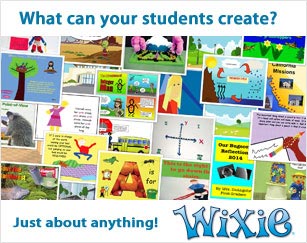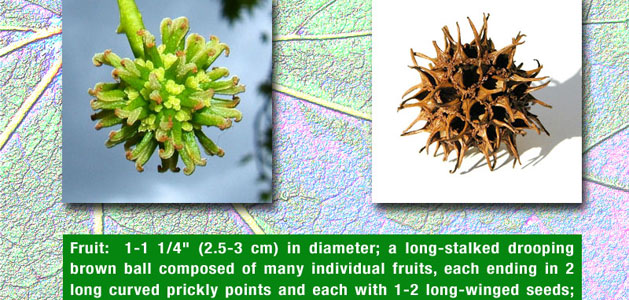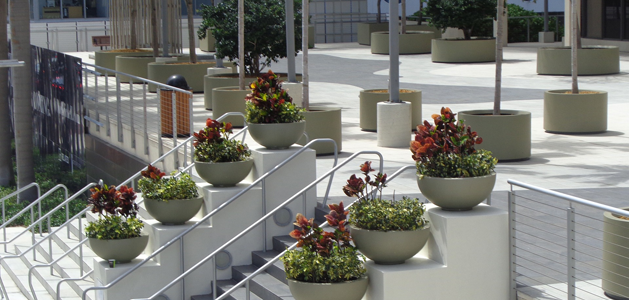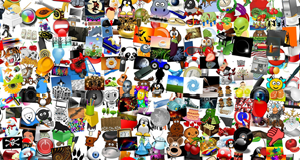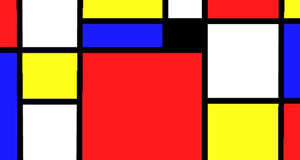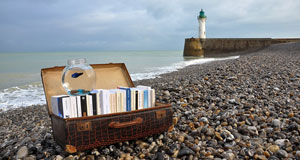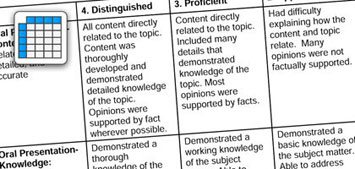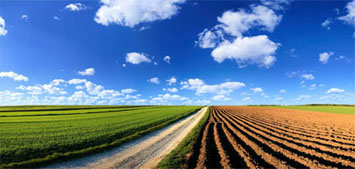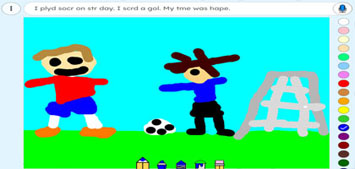Reuse, Recreate, and Revitalize
Making beauty with found objects

Task
In this lesson, students gain inspiration from the work of Tyree Guyton and Washed Ashore to use found objects to express themselves and create beauty.
Engage
When most people think about art, they connect it to self-expression. But art can be transformative for individuals, communities, and spaces too.
Read J.H.Shapiro’s Magic Trash: A Story of Tyree Guyton and His Art to open student's minds about art as form of social action and not just self expression.
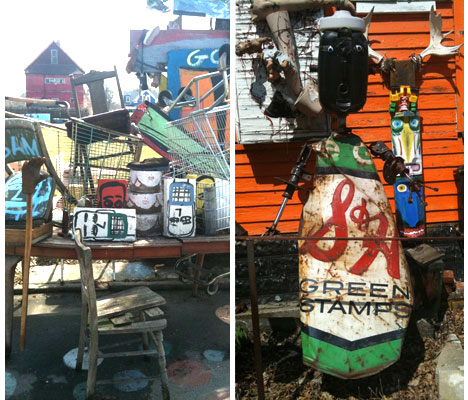
View the gallery of work from Washed Ashore to inspire your artists to create something out of objects that have been thrown away.
After exploring, ask students to reflect on what they liked about the art, or did not like, along with what was surprising about it. Then, let students know that they will also be creating art from found objects.
To begin, you need to collect objects that will be thrown away. Connect with families about your needs and ask them to collect plastic and other broken items that are clean and can be handled safely. Encourage them to save things like:
- bottle caps,
- broken jewelry,
- cardboard drink cartons
- plastic containers,
- wooden materials, and
- broken toys.
Create a station where you can sort these materials by color. This could be in your classroom, but also in a common area at school or on the playground. You might want to partner with younger grades learning to sort by size and shape.
Create
Decide if you are going to have students create individual works of art or work together on a large sculpture. For example, you could create sculptures of fruits and vegetables for a school cafeteria or create a giant butterly for a school garden.
Give students time to pick up pieces for inspiration. For example, students may find that cardboard milk cartons look small houses and electrical wires make them think of insect antennae.
Provide animal and plant books and magazines students can look through for inspiration. You can also choose a theme, like underwater or in the garden.
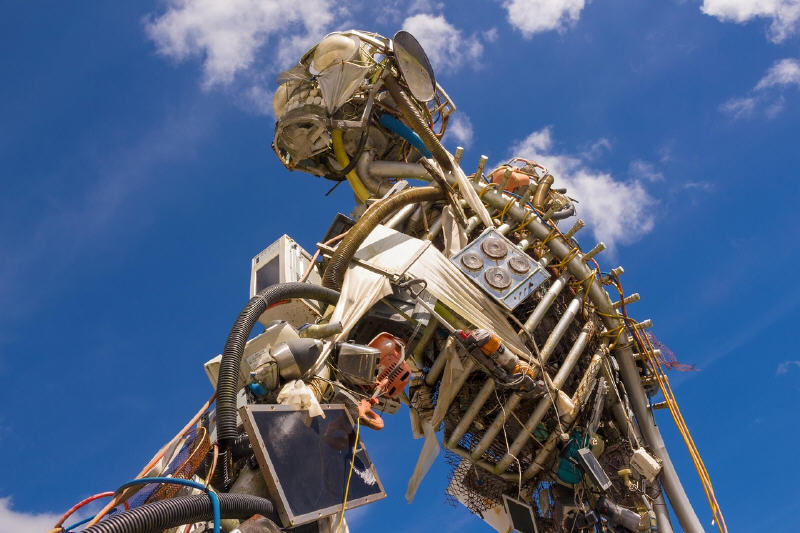
In addition to the raw materials, students will need wire, glue, and maybe even pliers and drills to connect pieces together. Bring in high school students in industrial arts, or experts from a senior center to assist.
Artwork and sculptures will not come together in just a couple of class periods, so be sure to plan for, and provide, extended work time.
Share
Showcase student work in an art gallery at your school or even in a local business or office.
Be sure to include time to “Meet the Artist” so that students can reflect on and explain their choice of shape and colors and articulate what their artwork represent.
If artwork was created on a theme, partner with a connected community site or organization to help them bring awareness to their work.
Assessment
Assessment will depend on your goals for the project. If you are completing this project with older students, you can evaluate their work for elements of art such as shape, color, and repetition.
Students at any age should textually or verbally reflect on their process and product to explain its details and intent.
But art is more than just self-expression. Tyree Guyton said, "art is medicine" and has the power to transform community. Ask students to also reflect on how creating and viewing their artwork made them feel. Then, ask them to reflect on it's value to the community beyond the artist(s).
Resources
J.H.Shapiro. Magic Trash: A Story of Tyree Guyton and His Art. ISBN: 1580893856
The Heidelberg Project - Changing the world through art
Washed Ashore - Gallery
Washed Ashore - Documentary
Standards
National Core Arts Standards:
Creating
1. Generate and conceptualize artistic ideas and work.
2. Organize and develop artistic ideas and work.
3. Refine and complete artistic work.
Performing/Presenting/Producing
5. Develop and refine artistic techniques and work for presentation.
Connecting
10. Synthesize and relate knowledge and personal experiences to make art.
ISTE Standards for Students 2016:
6. Creative Communicator
Students communicate clearly and express themselves creatively for a variety of purposes using the platforms, tools, styles, formats and digital media appropriate to their goals. Students:
a. choose the appropriate platforms and tools for meeting the desired objectives of their creation or communication.
b. create original works or responsibly repurpose or remix digital resources into new creations.





